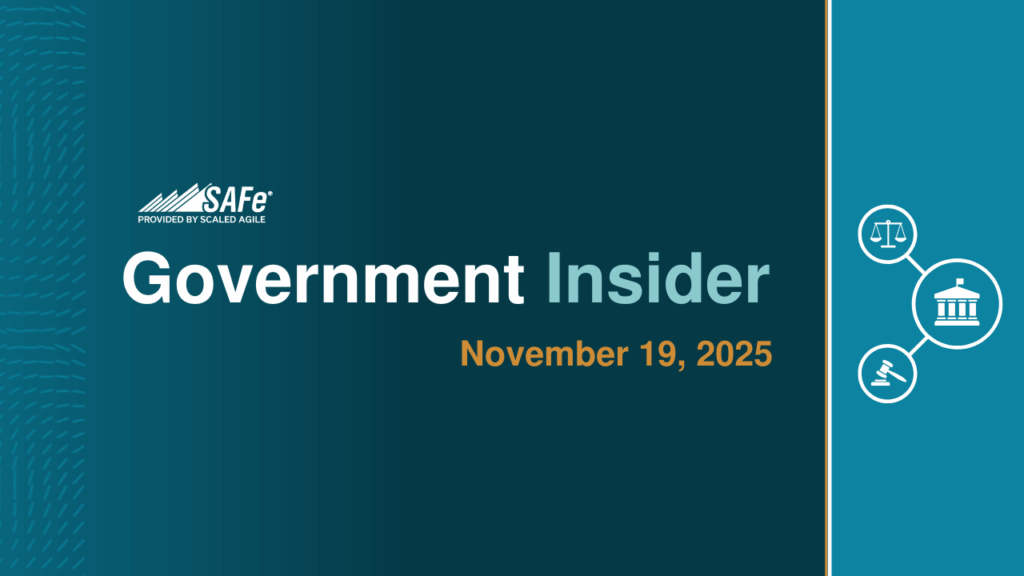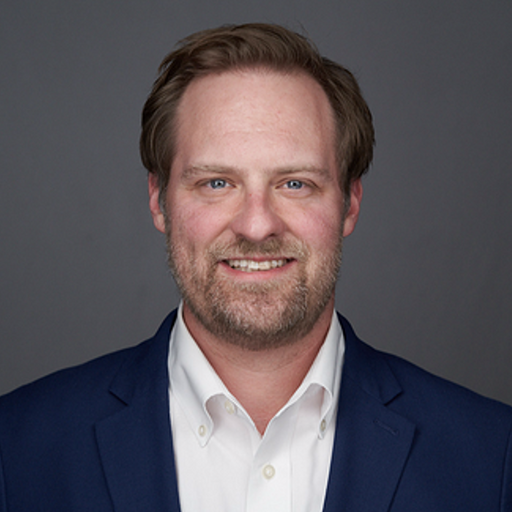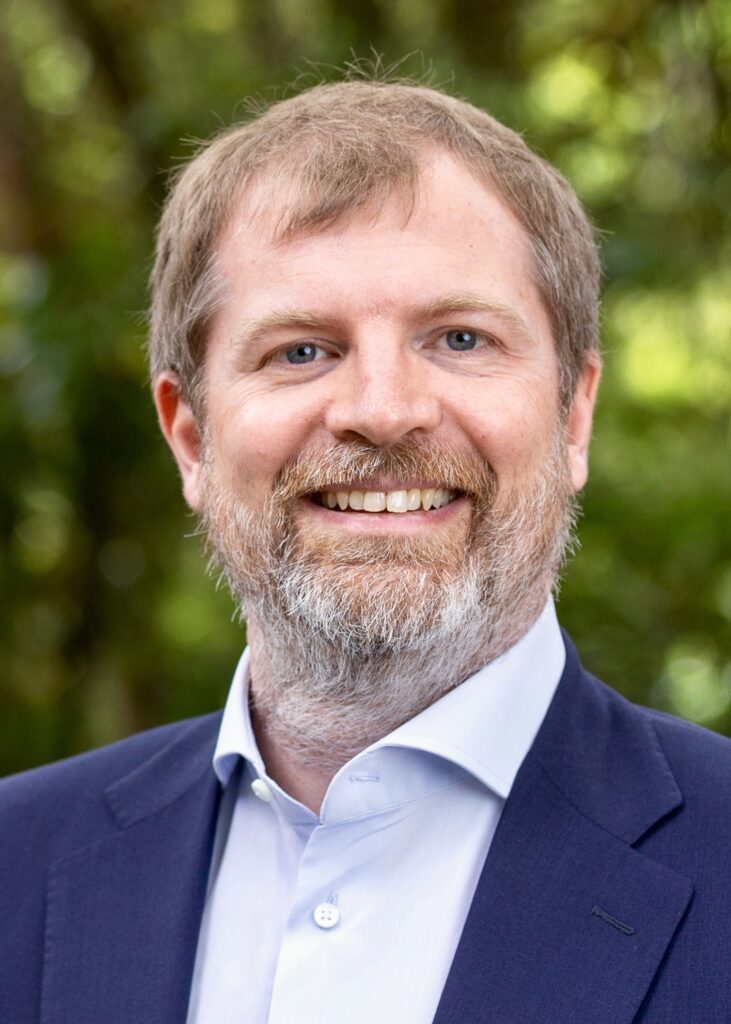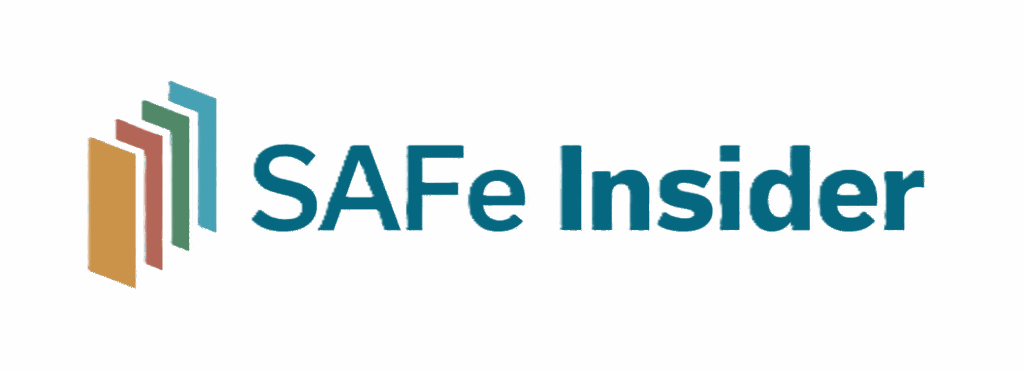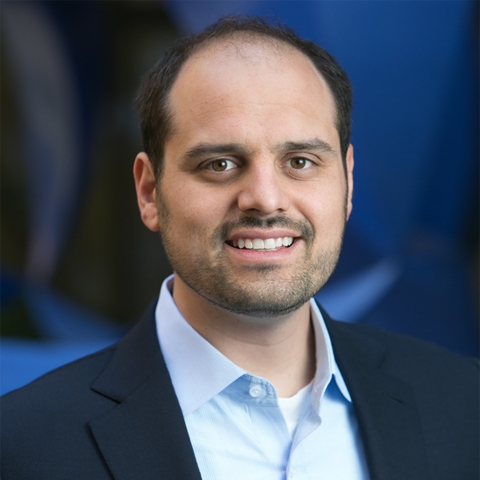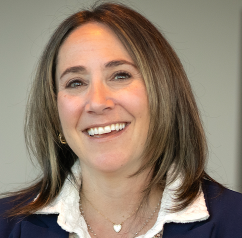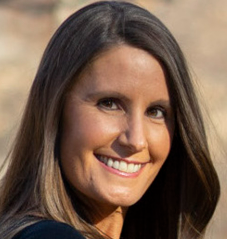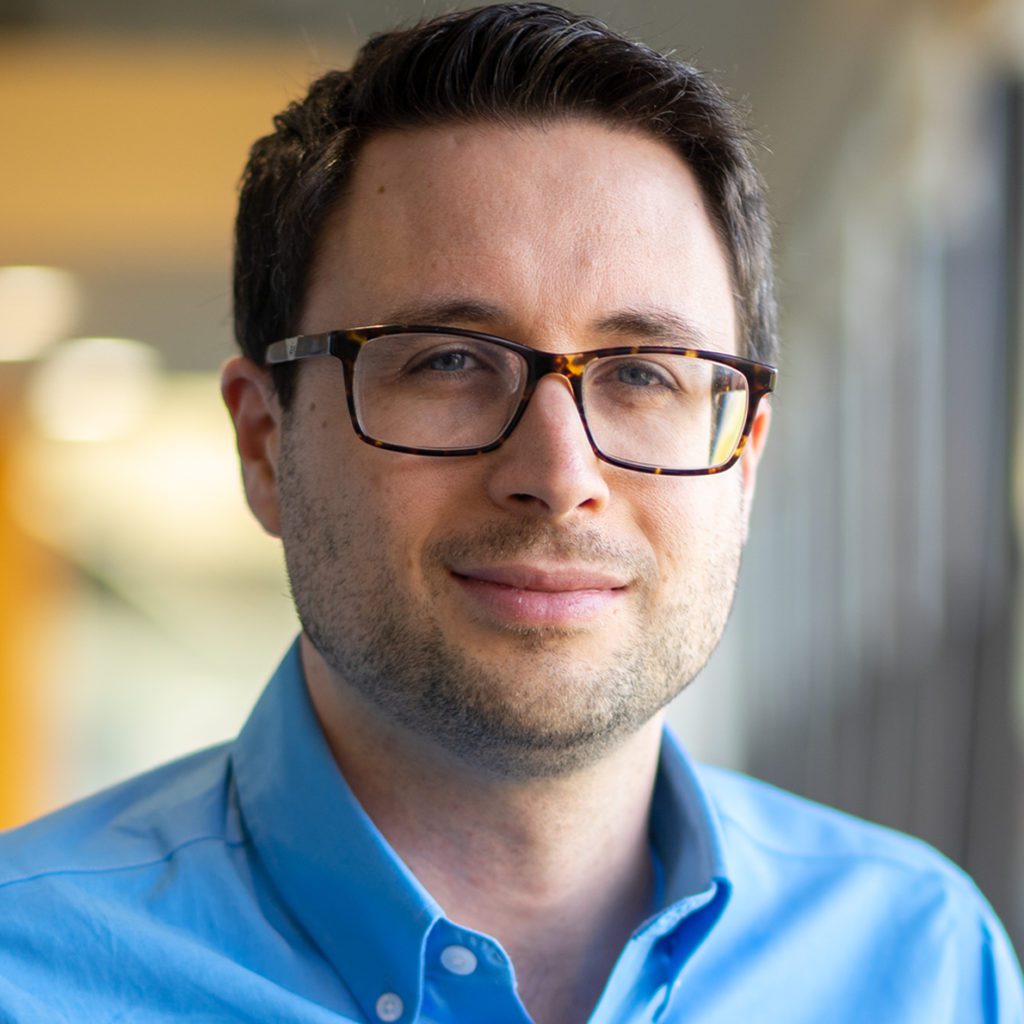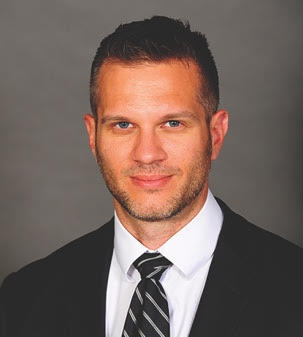Editor’s Note: You’re facing unprecedented business challenges. You need more than theories—you need a blueprint. Welcome to a Leader’s Blueprint, your weekly guide to proven strategies that get results.
Sound Familiar?
You’ve just launched. The team invested months of effort, the budget was approved, and the strategic decks were flawless. But now, instead of the sound of soaring adoption and positive buzz, you’re met with… silence. Engagement metrics are flat, the innovative features you debated for weeks are being ignored, and the market seems completely indifferent. You’re left wondering, “Did we just spend a year building something nobody wants?”
If this scenario feels familiar, you’re not alone. This is the painful result of a disconnect—a gap between your organization and the customers you exist to serve.
The Hidden Cost of Guessing
Operating without a direct line to your customer isn’t just inefficient; it’s a significant business risk. The costs ripple across the entire organization:
- Wasted Capital: Every dollar spent on unwanted features is a dollar not spent on true innovation.
- Demoralized Teams: Nothing crushes motivation faster than pouring your energy into work that fails to make an impact.
- Lost Market Share: While you’re guessing, you can be sure your competitors are listening, adapting, and winning over your customers.
From Silence to Insight: A Glimpse of the Solution
Turning this around requires more than an annual survey. It requires building a systematic listening engine. In SAFe®, we call this the Harnessing Customer Feedback competency.
This isn’t just about collecting data; it’s about creating a holistic view of your customer’s reality. It means blending quantitative data (like usage metrics and satisfaction scores) with powerful qualitative insights. One of the most effective methods is Gemba, which involves going to the customer’s environment to observe them using your product. By seeing their struggles and successes firsthand, you replace assumptions with undeniable facts.
Your First Step
You don’t need a new tool or a big budget to start. Here is one simple action you can take this week:
Empower your team or a team you lead to dedicate an hour this week to observe a real customer using your product. This isn’t a demo or a sales call, but a quiet observation to uncover genuine insights. Afterward, share with each other the single most surprising discovery they made.
Unlock Your Full Potential
That single observation is just the beginning. To truly thrive and lead, a systematic approach is not merely essential for survival—it’s the catalyst for unprecedented growth. The Harnessing Customer Feedback competency provides a complete blueprint for designing robust feedback loops, extracting profound insights from data, and transforming customer understanding into winning product decisions that redefine your market.
Stop building in the dark.
Embrace the full power of the SAFe Framework, with the competencies and guidance that will empower you to become truly customer-centric and unlock your organization’s full potential. Get complete access by purchasing your
SAFe Insider membership today.
Upcoming Blogs in this Series
- Measuring Product Performance
- Creating Responsive Roadmaps
- Accelerating Product Flow
1 Deloitte Digital – https://www.deloittedigital.com/mt/en/insights/perspective/Personalising-The-Customer-Experience.html
